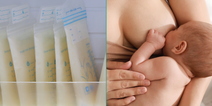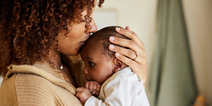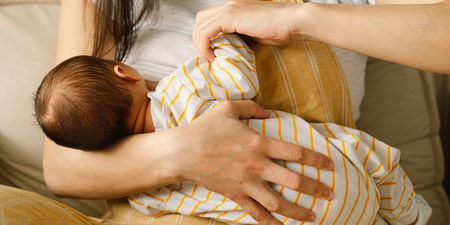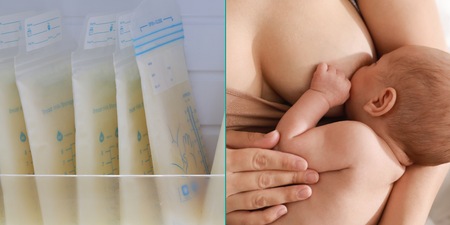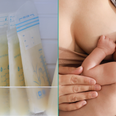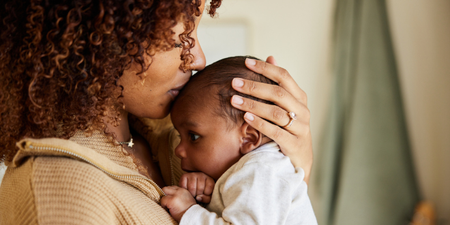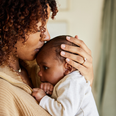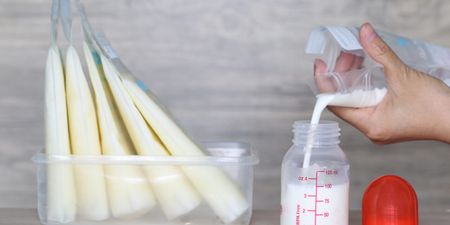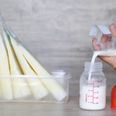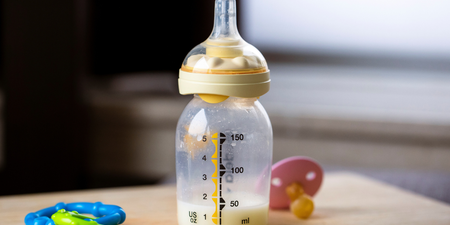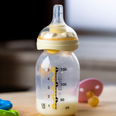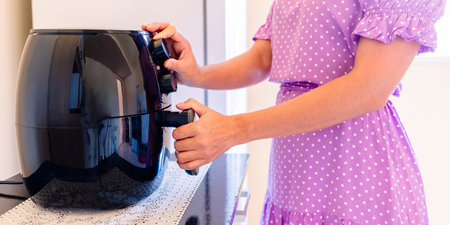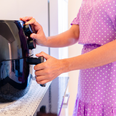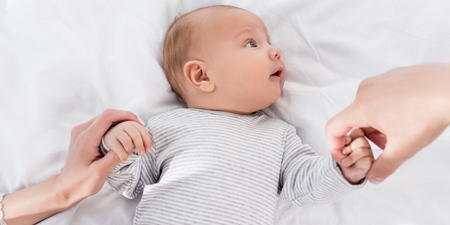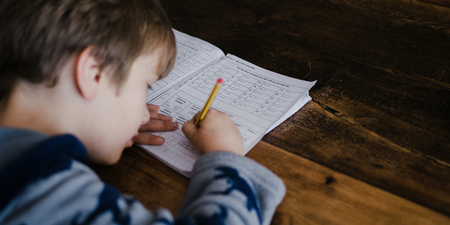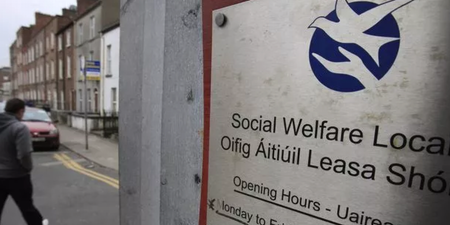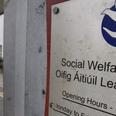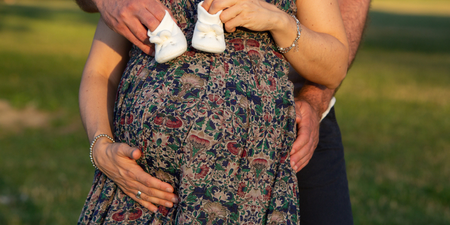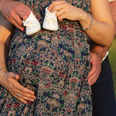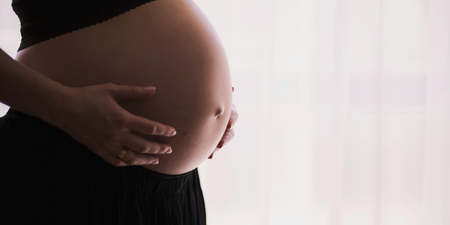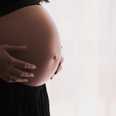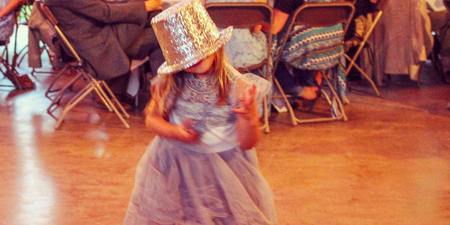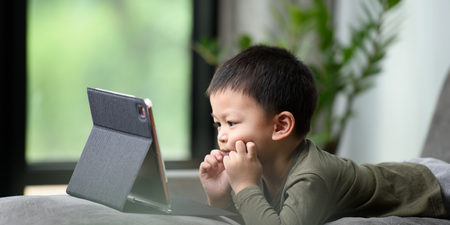What exactly is mastitis? Here’s everything you need to know.
Mastitis is a very common thing that happens when a person is breastfeeding. However, there are ways you can prevent it and treat it too.
What exactly is mastitis?
While mastitis can affect any woman, it occurs most often in women who are breastfeeding. Mastitis is a painful inflammation and infection in the breast tissue.
Symptoms include breast pain, swelling, warmth, fever, and chills (flu-like symptoms). It can be caused by engorgement, plugged ducts, and milk stasis (milk that remains in the breast after breastfeeding or pumping), explains Jennifer Lezak, a feeding consultant, and international board-certified lactation consultant at LOOM told Mother.
How do you get plugged ducts?
Plugged ducts are often caused by pressure on some part of the breast that stops the milk from flowing through the duct. A poorly fitted bra (especially an underwire one), sleeping on your stomach, or a baby carrier with tight straps across your chest are things to watch out for.
Ducts can also get inflamed or plugged up when your breasts become too full because the milk isn’t being effectively removed. If you need to be separated from your baby, or if they suddenly sleep all night without nursing, make sure you hand express or pump some milk to keep it flowing. This can also happen when you’re in the process of weaning your baby.
What should you do if you have a plugged duct?
When you detect a plugged duct, encourage your baby to feed frequently on that side. Try different positions in case one is more effective in getting the milk to flow through that particular duct.
“Even with mastitis, your milk is not harmful to the baby”
What can you do to prevent mastitis?
“Prevention is key and easy to do: Rest and empty your breasts,” Lezak explains. “Continuing to empty your breasts of breastmilk on a regular basis either with the baby, hand expression, or a breast pump can help to keep you free of plugged ducts, which can cause mastitis. Avoid restrictive clothing such as bras or tight tops. Vary breastfeeding positions so all ducts are emptied. Not trying to do too much too soon after childbirth, getting enough rest and sleep, and staying hydrated with a good diet are all good ways to keep mastitis at bay.”
Remember, responding to a plugged duct quickly will help to prevent it from turning into mastitis.
Should I stop breastfeeding since there is an infection in my breast?
Even with mastitis, your milk is not harmful to the baby, and it will help you recover more quickly if you continue breastfeeding. Occasionally a baby won’t like the slight change in the taste of the milk on the affected side. If that’s your baby, keep breastfeeding on the unaffected breast and pump the breast with mastitis, using heat and massage, and hand expression to keep the milk flowing. (If you’re pumping, you may see some of the thickened milk come through, or you may see small amounts of pus or blood in the milk. These are not harmful to the baby.) You may need to supplement temporarily.
Do I need to see my doctor?
If the mastitis doesn’t improve or seems to be getting worse after 24 hours, see your doctor. You may need antibiotics.
Is there anything I can do myself to treat it?
“Cabbage leaves on the breast can also help as they have anti-inflammatory chemicals,” Lezak explains to Mothermag.com. “My main advice for mothers who call with early symptoms of mastitis is a simple routine: Heat, Rest, Empty the Breast.” Some home treatments can include resting, drinking lots of fluids, eating Vitamin C-rich foods, and Echinacea to help boost your immune system.



